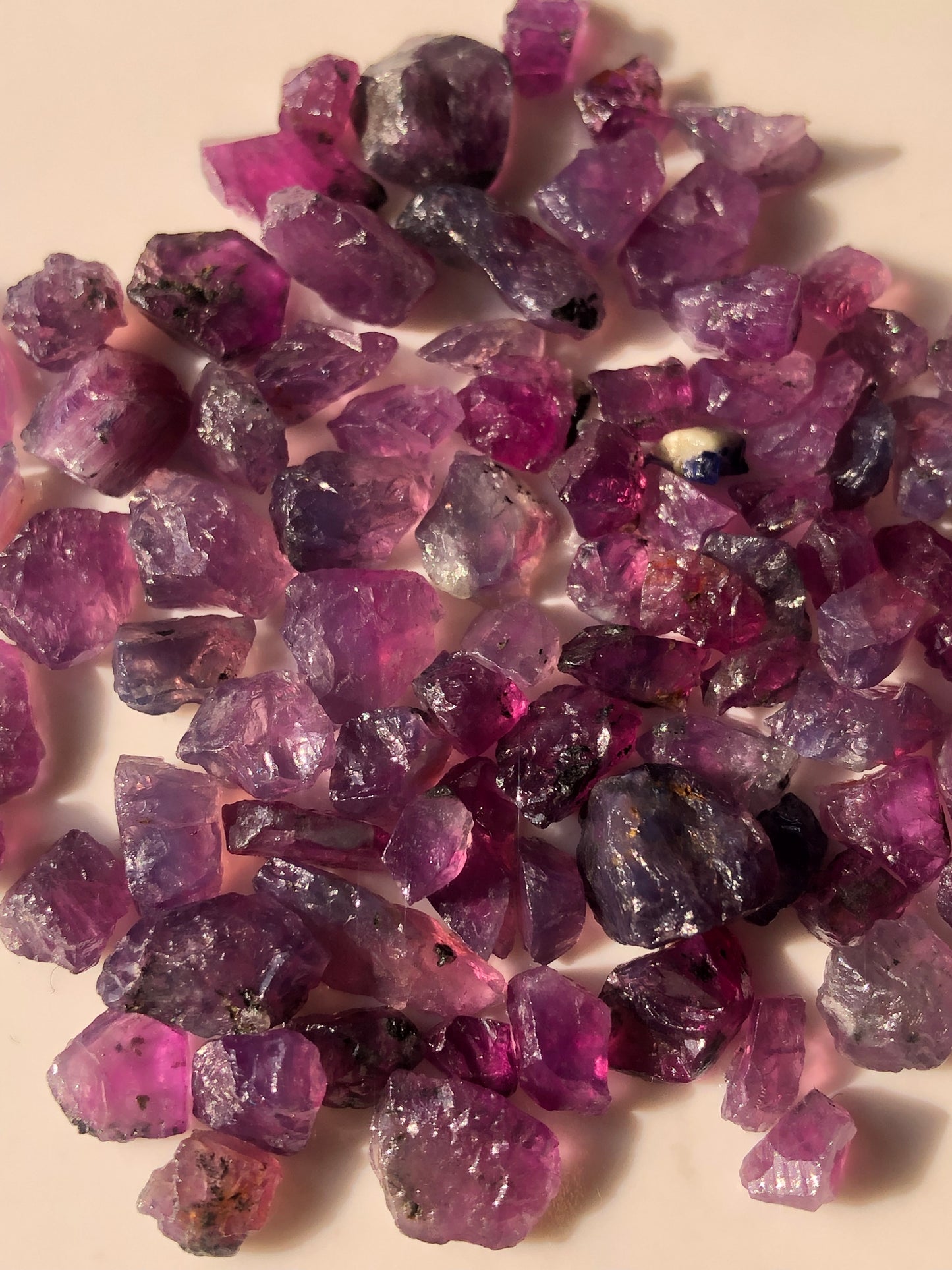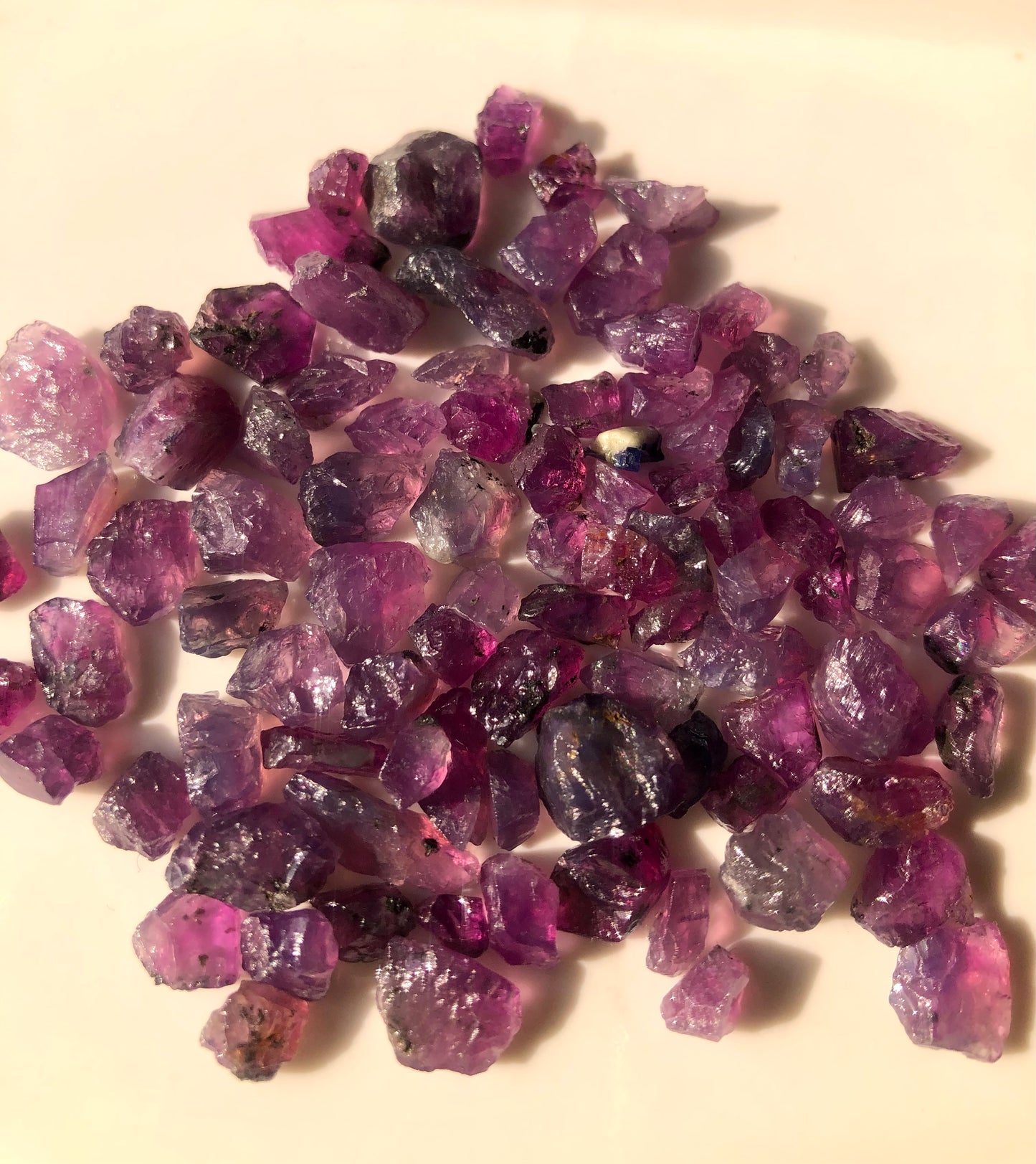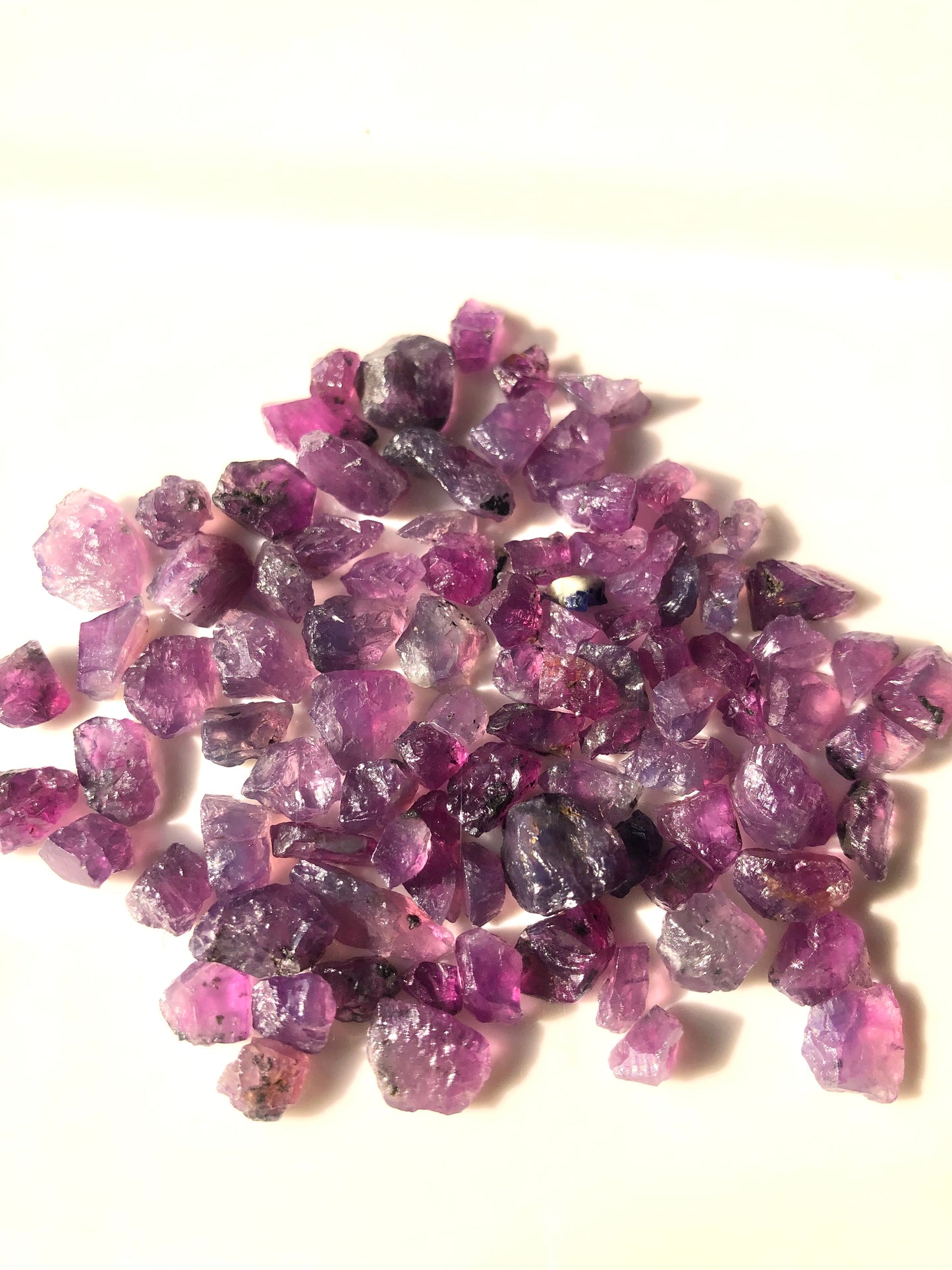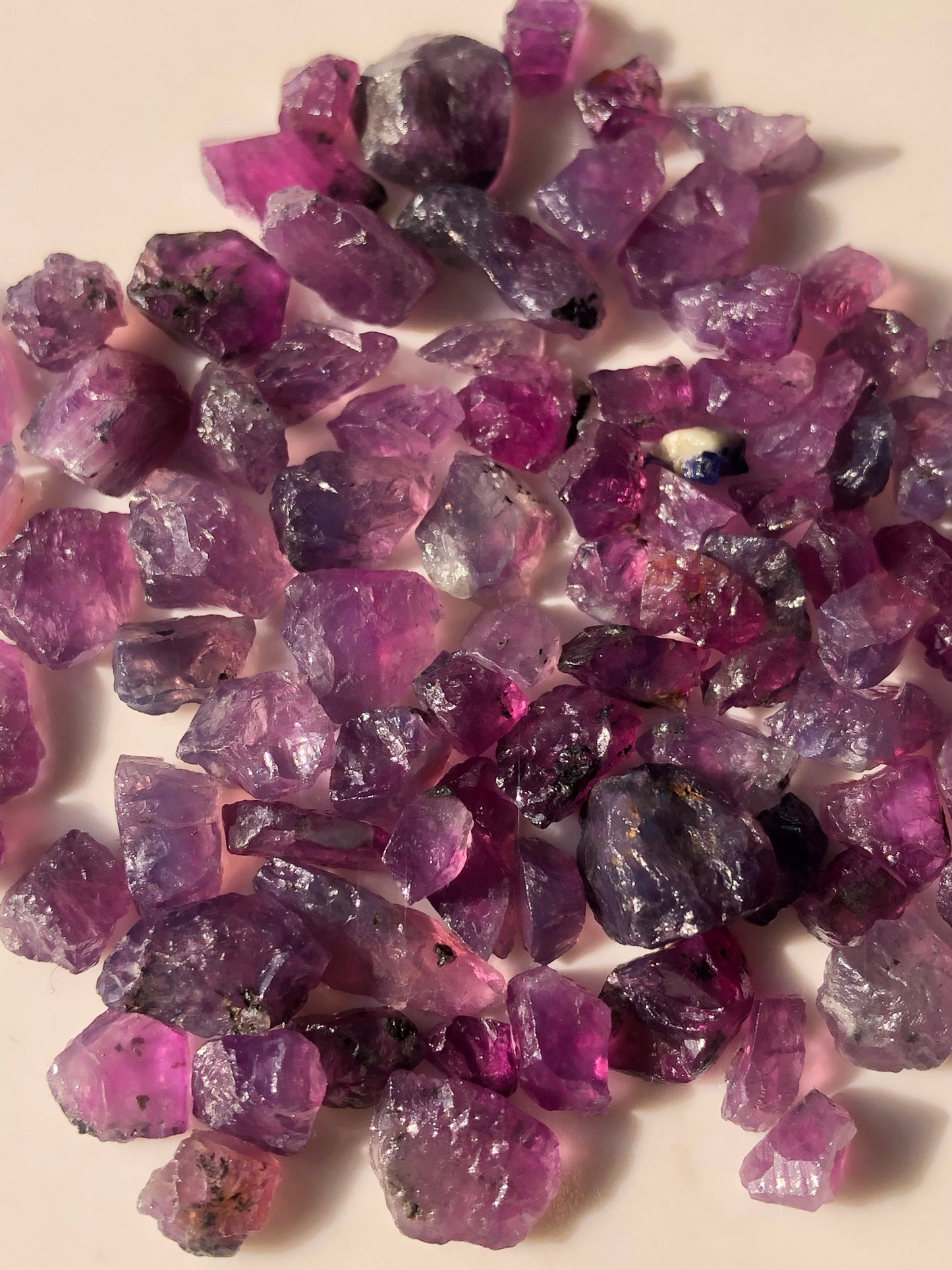



RETURNS & REPLACEMENTS
RETURNS & REPLACEMENTS
Faulty products can be returned to us if they have the following types of quality defects:
- stains,
- zipper malfunction,
- ripped or torn,
- Thing is not as described on the website
- The major difference between the photographed product and the product received.
We have a 15-day return policy, which means you have 15 days after receiving your item to request a return.
To be eligible for a return, your item must be in the same condition that you received it, unworn or unused, with tags, and in its original packaging. You’ll also need the receipt or proof of purchase.
To start a return, you can contact us at info@folkmarketgems.com. If your return is accepted, we’ll send you a return shipping label, as well as for instructions on how and where to send your package. Items sent back to us without first requesting a return will not be accepted.
You can always contact us for any return question at info@folkmarketgems.com.
Damages and issues
Please inspect your order upon reception and contact us immediately if the item is defective, damaged or if you receive the wrong item so that we can evaluate the issue and make it right.
Exceptions / non-returnable items
Certain types of items cannot be returned, like perishable goods (such as food, flowers, or plants), custom products (such as special orders or personalized items), and personal care goods (such as beauty products). We also do not accept returns for hazardous materials, flammable liquids, or gases. Please get in touch if you have questions or concerns about your specific item.
Unfortunately, we cannot accept returns on sale items or gift cards.
Exchanges
The fastest way to ensure you get what you want is to return the item you have, and once the return is accepted, make a separate purchase for the new item.
Refunds
We will notify you once we’ve received and inspected your return, and let you know if the refund was approved or not. If approved, you’ll be automatically refunded on your original payment method. Please remember it can take some time for your bank or credit card company to process and post the refund too.
If you experience the above problems, please contact us immediately at info@folkmarketgems.com. Please note that the item must be in an unused condition and contain all the tags and packaging (if any). If there is a fault in the product shipped to you that is a manufacturing defect, your product will be replaced. Price adjustments on previous purchases are not permitted. Stones should be the same as it is before returning, we have an identification system of stones.
SHIPPING & DELIVERY
SHIPPING
Handling Time Duration before Shipping
As a global online seller, we ship dozens of orders daily all over the world. After receiving your order, we need to do quality-control in order to ensure the product's quality and security of your order and order information. Following steps are required before finalising shipping.
24 to 48 hours for Verification of Order: Verification is started immediately once order is placed. Verification is set for your own security to make sure client information of credit card or others are not misused. This will take 24 to 48 hours. Learn about How verification is processed..
Confirmation is sent immediately once verification is done
2 to 3 days for Certificates of the Stones: Further time will be taken if gemstones are sent for laboratory to get fresh certifications after confirmation of order. This will take 2 to 3 three days. Since we have to work in raw stone hunting and then cutting them, it is always difficult to send stones for laboratory. However certificate of authenticity is started to be prepared once order is confirmed. This will give you benefits of availing fresh certificate of the stones.
Time Duration for Shipping of Retail orders: Retail orders will be shipped immediately once passed verification process or availing certifications.
Time Duration for Shipping of Wholesale orders / Pre-Orders: Wholesale or Pre- orders will be shipped time span of minimum one week or 15 days. It depends on availability of the stones.
SHIPPING SERVICES
Shipping Locations: After all done, Items are shipped as soon as possible from the following warehouses:-
- Via Dubai
- Via Bangkok Thailand
- Via Pakistan
Due to location/time zone, destination distance from Pakistan, Thailand and Dubai, a few extra time may be required to ship the packages.
Shipping Carrier: Different shipping services are availed for different regions. Popular shipping carrier services are below mentioned:-
- UPS
- Fedex
- DHL
- By Registered Mail or By Post Via Pakistan or Thailand
Rates of Shipping: Rates of shipping varies. Rates depends on total quantity, weight of the parcel. Larger priced orders within 500 grams in total weight will have Free Shipping. Standard Shipping rates are from $15 USD to $25 USD. The items with larger weight such as 10 kg to 100 kg or more, shipping rates will be calculated at time of ordering.
Shipping Services: for small orders or small weight, courier services are used. For large scale orders such as 100 kg to 1000 kg or more air port to airport or by shipping is available for by sea which is cheap than courier services.
DELIVERY TIME
1- The time duration of or reaching out to the destination depends on your location. Normal time to reach destination, it takes minimum 7 working days or 15 working days.
2- In the case of a rural area or remote area, please give the complete nearby address so the shipping agent can reach to your destination easily. In the case of a rural or remote area, shipment can cause a delay in reaching your destination.
Please be advised that the shipping time can be affected by factors such as time of the year, severe weather and other disruptions. These are outside our control.
Shipping Charges for Destinations?
Shipping charges to Russia, Australia, and South Africa is different from normal shipping charges due to the high price for such d
TRACKING PACKAGES / SHIPMENT
After we dispatch your goods, we will add tracking information in your order details or email you a tracking number for your order (this will be based on your email preferences). Depending on the chosen courier, there may sometimes be a delay of one working day between dispatching your order from our warehouses and obtaining the shipping tracking number. If you have not received a tracking number from us, it probably means that we have not sent out your order yet.
Please be patient. Most orders take 3-4 days to complete the verification, packing, and dispatch process. If you require additional information on the location of your order, please contact us at info@folkmarketgems.com quoting your order number(s) and we will assist you.
IMPORTANT NOTES
- International orders may be subject to customs clearance procedures that can cause delays in delivery.
- Some shipments, such as standard international shipments, are not trackable
CUSTOM CLEARANCE
Import clearance is solely responsibility of the client. However, our team will cooperate you provide you necessary information always. Our live chat is available for this purpose or one can contact us via email at info@folkmarketgems.com or WhatsApp: +923268999919
Product Description
This is facet rough parcel of natural pink sapphires for cutting. The stones have nice clarity, color.
Details of the Raw Sapphires
- Total Weight: 100 carats
- Weight Ratio of the Stones: under 1 to 4.5 carats with average 1.5 to 3 ct in between
- Colour: Purplish Pink, Purplish pink with blue hue
- Clarity: Si (slightly included) to VS (Very slightly Included)
- Shape: Raw
- Transparency: Semi-Transparent to Transparent
- Origin: Azad Kashmir Pakistan
- Treatment: No heat no treatment
What Type of Finished Sapphire I can cut from these Raw Stones?
These are small sizes raw sapphires which are quite rare variety of Kashmir Corundum. The parcel has good quantity of stones. Following types of finished stones can be cut from these:-
- Center Stone Pieces for rings / earrings
- Pairs for Earrings / Bracelets / Pendants or Earrings
- Melee size calibrated stones such as 1 mm to 3mm which can be utilised in jewelry pieces

Where I can Use these raw sapphires stones?
- Apart from faceting, these stones can be utiltized as raw stone jewelry also
- Lapidary artists can cut them into cabochons or carved stones
- These raw stones can be utilized into rings / pendants or wirewrapped jewelry items.


















